Travelers 2014 Annual Report Download - page 137
Download and view the complete annual report
Please find page 137 of the 2014 Travelers annual report below. You can navigate through the pages in the report by either clicking on the pages listed below, or by using the keyword search tool below to find specific information within the annual report.-
 1
1 -
 2
2 -
 3
3 -
 4
4 -
 5
5 -
 6
6 -
 7
7 -
 8
8 -
 9
9 -
 10
10 -
 11
11 -
 12
12 -
 13
13 -
 14
14 -
 15
15 -
 16
16 -
 17
17 -
 18
18 -
 19
19 -
 20
20 -
 21
21 -
 22
22 -
 23
23 -
 24
24 -
 25
25 -
 26
26 -
 27
27 -
 28
28 -
 29
29 -
 30
30 -
 31
31 -
 32
32 -
 33
33 -
 34
34 -
 35
35 -
 36
36 -
 37
37 -
 38
38 -
 39
39 -
 40
40 -
 41
41 -
 42
42 -
 43
43 -
 44
44 -
 45
45 -
 46
46 -
 47
47 -
 48
48 -
 49
49 -
 50
50 -
 51
51 -
 52
52 -
 53
53 -
 54
54 -
 55
55 -
 56
56 -
 57
57 -
 58
58 -
 59
59 -
 60
60 -
 61
61 -
 62
62 -
 63
63 -
 64
64 -
 65
65 -
 66
66 -
 67
67 -
 68
68 -
 69
69 -
 70
70 -
 71
71 -
 72
72 -
 73
73 -
 74
74 -
 75
75 -
 76
76 -
 77
77 -
 78
78 -
 79
79 -
 80
80 -
 81
81 -
 82
82 -
 83
83 -
 84
84 -
 85
85 -
 86
86 -
 87
87 -
 88
88 -
 89
89 -
 90
90 -
 91
91 -
 92
92 -
 93
93 -
 94
94 -
 95
95 -
 96
96 -
 97
97 -
 98
98 -
 99
99 -
 100
100 -
 101
101 -
 102
102 -
 103
103 -
 104
104 -
 105
105 -
 106
106 -
 107
107 -
 108
108 -
 109
109 -
 110
110 -
 111
111 -
 112
112 -
 113
113 -
 114
114 -
 115
115 -
 116
116 -
 117
117 -
 118
118 -
 119
119 -
 120
120 -
 121
121 -
 122
122 -
 123
123 -
 124
124 -
 125
125 -
 126
126 -
 127
127 -
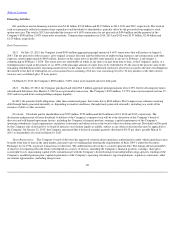 128
128 -
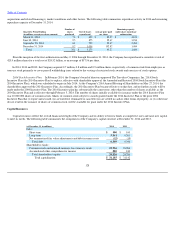 129
129 -
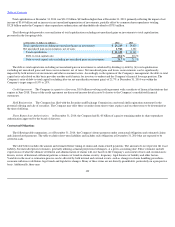 130
130 -
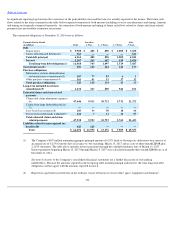 131
131 -
 132
132 -
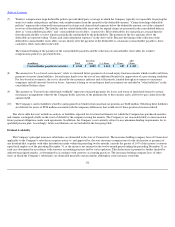 133
133 -
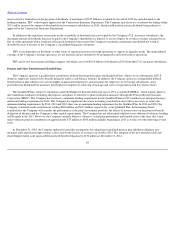 134
134 -
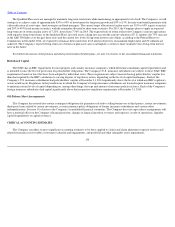 135
135 -
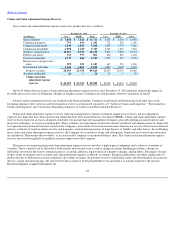 136
136 -
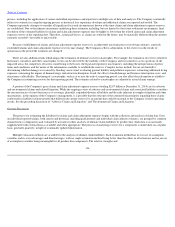 137
137 -
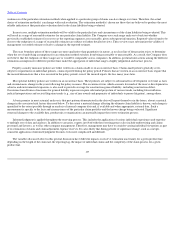 138
138 -
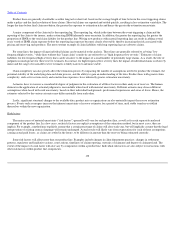 139
139 -
 140
140 -
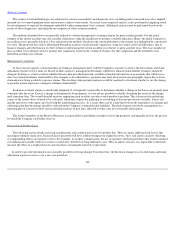 141
141 -
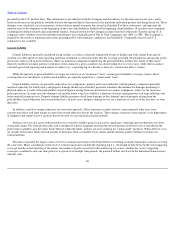 142
142 -
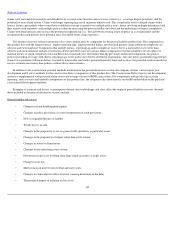 143
143 -
 144
144 -
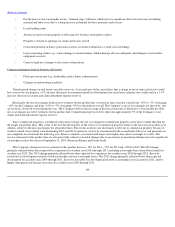 145
145 -
 146
146 -
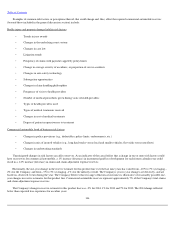 147
147 -
 148
148 -
 149
149 -
 150
150 -
 151
151 -
 152
152 -
 153
153 -
 154
154 -
 155
155 -
 156
156 -
 157
157 -
 158
158 -
 159
159 -
 160
160 -
 161
161 -
 162
162 -
 163
163 -
 164
164 -
 165
165 -
 166
166 -
 167
167 -
 168
168 -
 169
169 -
 170
170 -
 171
171 -
 172
172 -
 173
173 -
 174
174 -
 175
175 -
 176
176 -
 177
177 -
 178
178 -
 179
179 -
 180
180 -
 181
181 -
 182
182 -
 183
183 -
 184
184 -
 185
185 -
 186
186 -
 187
187 -
 188
188 -
 189
189 -
 190
190 -
 191
191 -
 192
192 -
 193
193 -
 194
194 -
 195
195 -
 196
196 -
 197
197 -
 198
198 -
 199
199 -
 200
200 -
 201
201 -
 202
202 -
 203
203 -
 204
204 -
 205
205 -
 206
206 -
 207
207 -
 208
208 -
 209
209 -
 210
210 -
 211
211 -
 212
212 -
 213
213 -
 214
214 -
 215
215 -
 216
216 -
 217
217 -
 218
218 -
 219
219 -
 220
220 -
 221
221 -
 222
222 -
 223
223 -
 224
224 -
 225
225 -
 226
226 -
 227
227 -
 228
228 -
 229
229 -
 230
230 -
 231
231 -
 232
232 -
 233
233 -
 234
234 -
 235
235 -
 236
236 -
 237
237 -
 238
238 -
 239
239 -
 240
240 -
 241
241 -
 242
242 -
 243
243 -
 244
244 -
 245
245 -
 246
246 -
 247
247 -
 248
248 -
 249
249 -
 250
250 -
 251
251 -
 252
252 -
 253
253 -
 254
254 -
 255
255 -
 256
256 -
 257
257 -
 258
258 -
 259
259 -
 260
260 -
 261
261 -
 262
262 -
 263
263 -
 264
264 -
 265
265 -
 266
266 -
 267
267 -
 268
268 -
 269
269 -
 270
270 -
 271
271 -
 272
272 -
 273
273 -
 274
274 -
 275
275 -
 276
276 -
 277
277 -
 278
278 -
 279
279 -
 280
280 -
 281
281 -
 282
282 -
 283
283 -
 284
284 -
 285
285 -
 286
286 -
 287
287 -
 288
288 -
 289
289 -
 290
290 -
 291
291 -
 292
292 -
 293
293 -
 294
294 -
 295
295 -
 296
296 -
 297
297 -
 298
298 -
 299
299 -
 300
300 -
 301
301 -
 302
302 -
 303
303 -
 304
304 -
 305
305 -
 306
306 -
 307
307 -
 308
308 -
 309
309 -
 310
310 -
 311
311 -
 312
312 -
 313
313 -
 314
314 -
 315
315 -
 316
316 -
 317
317 -
 318
318 -
 319
319 -
 320
320 -
 321
321 -
 322
322 -
 323
323 -
 324
324 -
 325
325 -
 326
326 -
 327
327 -
 328
328 -
 329
329 -
 330
330 -
 331
331 -
 332
332 -
 333
333 -
 334
334 -
 335
335 -
 336
336 -
 337
337 -
 338
338 -
 339
339 -
 340
340 -
 341
341 -
 342
342 -
 343
343 -
 344
344 -
 345
345 -
 346
346 -
 347
347 -
 348
348 -
 349
349 -
 350
350 -
 351
351 -
 352
352 -
 353
353 -
 354
354 -
 355
355 -
 356
356 -
 357
357 -
 358
358 -
 359
359 -
 360
360 -
 361
361 -
 362
362 -
 363
363 -
 364
364 -
 365
365 -
 366
366
 |
 |

Table of Contents
process, including the application of various individual experiences and expertise to multiple sets of data and analyses. The Company continually
refines its estimates in a regular ongoing process as historical loss experience develops and additional claims are reported and settled. The
Company rigorously attempts to consider all significant facts and circumstances known at the time claims and claim adjustment expense reserves
are established. Due to the inherent uncertainty underlying these estimates including, but not limited to, the future settlement environment, final
resolution of the estimated liability for claims and claim adjustment expenses may be higher or lower than the related claims and claim adjustment
expense reserves at the reporting date. Therefore, actual paid losses, as claims are settled in the future, may be materially different than the amount
currently recorded—favorable or unfavorable.
Because establishment of claims and claim adjustment expense reserves is an inherently uncertain process involving estimates, currently
established claims and claim adjustment expense reserves may change. The Company reflects adjustments to the reserves in the results of
operations in the period the estimates are changed.
There are also additional risks which impact the estimation of ultimate costs for catastrophes. For example, the estimation of reserves related to
hurricanes, tornadoes and other catastrophic events can be affected by the inability of the Company and its insureds to access portions of the
impacted areas, the complexity of factors contributing to the losses, the legal and regulatory uncertainties, including the interpretation of policy
terms and conditions, and the nature of the information available to establish the reserves. Complex factors include, but are not limited to:
determining whether damage was caused by flooding versus wind; evaluating general liability and pollution exposures; estimating additional living
expenses; estimating the impact of demand surge, infrastructure disruption, fraud, the effect of mold damage and business interruption costs; and
reinsurance collectibility. The timing of a catastrophe, such as at or near the end of a reporting period, can also affect the information available to
the Company in estimating reserves for that reporting period. The estimates related to catastrophes are adjusted as actual claims emerge.
A portion of the Company's gross claims and claim adjustment expense reserves (totaling $2.87 billion at December 31, 2014) are for asbestos
and environmental claims and related litigation. While the ongoing review of asbestos and environmental claims and associated liabilities considers
the inconsistencies of court decisions as to coverage, plaintiffs' expanded theories of liability and the risks inherent in complex litigation and other
uncertainties, in the opinion of the Company's management, it is possible that the outcome of the continued uncertainties regarding these claims
could result in liability in future periods that differs from current reserves by an amount that could be material to the Company's future operating
results. See the preceding discussion of "Asbestos Claims and Litigation" and "Environmental Claims and Litigation."
General Discussion
The process for estimating the liabilities for claims and claim adjustment expenses begins with the collection and analysis of claim data. Data
on individual reported claims, both current and historical, including paid amounts and individual claim adjuster estimates, are grouped by common
characteristics (components) and evaluated by actuaries in their analyses of ultimate claim liabilities by product line. Such data is occasionally
supplemented with external data as available and when appropriate. The process of analyzing reserves for a component is undertaken on a regular
basis, generally quarterly, in light of continually updated information.
Multiple estimation methods are available for the analysis of ultimate claim liabilities. Each estimation method has its own set of assumption
variables and its own advantages and disadvantages, with no single estimation method being better than the others in all situations and no one set
of assumption variables being meaningful for all product line components. The relative strengths and
136
